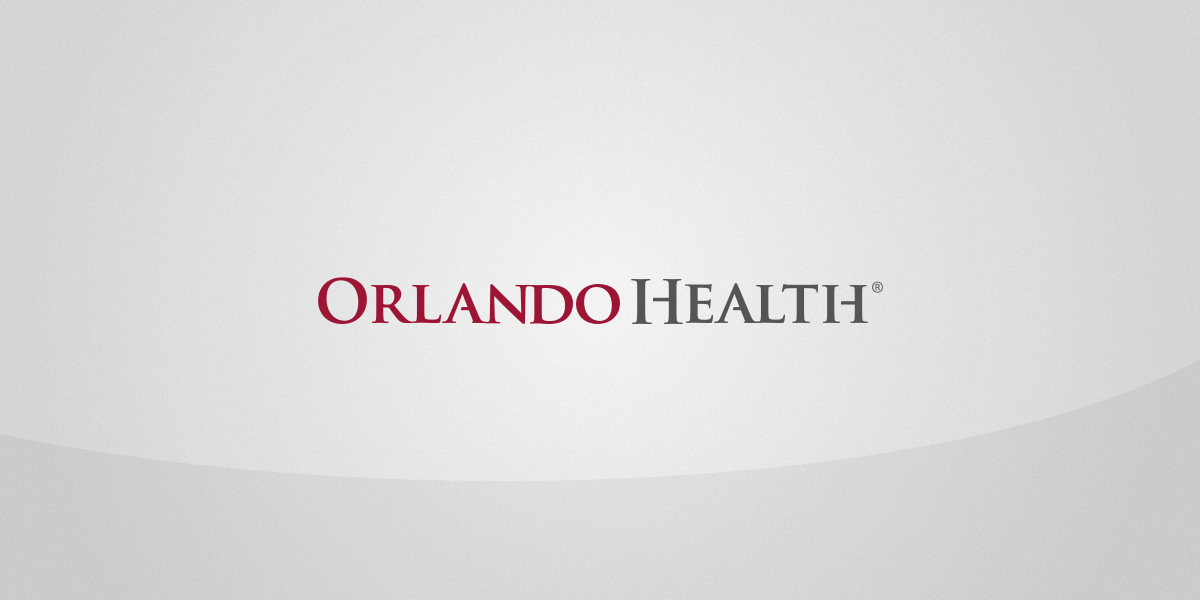In most cases, concussions heal within four weeks of the injury. But in rare instances, symptoms can linger for weeks, months or even longer.
For these patients, the seemingly never-ending wait for a return to normal life can be extremely frustrating and frightening. But it’s important to understand that it won’t last forever, and chances of a full recovery are high.
Recovery time has been reported to take between 20 to 57 days on average for sport-related concussions, and nearly half of sport-related concussion patients are symptom free within a month.
Your recovery time can be reduced if:
- You are immediately removed from the sport following the trauma
- Your medical care starts within the first week
- Aerobic exercise that doesn’t aggravate your symptoms is performed daily for 20 mins
- Vestibular therapy is initiated within 30 days of your concussion
It’s common for people with concussions to worry about more serious conditions like chronic traumatic encephalopathy (CTE), a degenerative brain disease linked to repeated head trauma. But that’s an extreme example of concussion-related complications and one that is more likely to be experienced by contact-sport athletes and military veterans, who experience a significant number of repeated head impacts over the course of years. Even then, it is rare.
A concussion does not result in permanent brain damage. It is an alteration of the metabolic processes of the brain. The key is to start resuming normal activities as soon as possible and as tolerated. A key is following guidance of your physical therapist or doctor and sticking to your treatment plan.
What Is a Concussion?
A concussion is a type of brain injury that affects your brain’s ability to function normally. Concussions can happen in any number of ways, including sports injuries and falls. They can also happen if your body experiences a rapid acceleration and deceleration, as is sometimes seen in traffic accidents.
A concussion causes temporary microstructural and chemical changes that should fade as your brain heals over time. Symptoms vary from person to person. They include:
- Headache
- Nausea or vomiting
- Confusion, mental fogginess or difficulty concentrating
- Temporary loss of consciousness
- Dizziness
- Balance problems
- Vision problems (including double vision)
- Difficulty sleeping or staying awake
- Light and noise sensitivity
- Unexplained tiredness
- Unexpected mood changes (including depression, irritability and anxiousness)
When Concussions Linger
For reasons that are not fully understood, some concussions take longer to heal. There are some risk factors that may contribute to a lengthy recovery time.
Those include past concussions; having attention-deficit/hyperactivity disorder (ADHD); a history of anxiety or depression; a history of migraines; and having multiple concussion symptoms.
Delays in getting quick treatment for the concussion can also contribute to a lengthier recovery. Research shows getting physical therapy within seven days after your injury can facilitate a shorter recovery time.
Lingering concussions may not include all your initial symptoms. Headaches, dizziness, attention difficulties and intolerance to exercise are among the more common symptoms that stay longer.
Dangers of Ignoring Your Symptoms
A key element of concussion recovery is avoiding too much aggravation of your symptoms early on in your recovery. This can happen both through exercise and by taxing your brain.
Exercise is medicine for the brain, especially after a concussion. Aim for 20 minutes of aerobic exercise that does not exacerbate your symptoms and gradually build intensity from there. You should also start slowly to build your mental load to work or school activities as symptoms allow.
Consider the three-point rule. If any activity increases your baseline symptoms three points or more on a 10-point scale, you should take a brief break from that activity until your symptoms return to the baseline. Wait a minute before trying again. This graded approach helps your brain adapt over time, without causing excessive stress to your body.
There is also the potential – in rare instances – for serious damage. Experiencing a second concussion before the first concussion heals can lead to something known as second-impact syndrome, where rapid brain swelling can be fatal. This is why it is crucial that your brain is fully healed and you have successfully gone through a return-to-play protocol with no symptoms before returning to your sport.
Treatment Considerations
There is no one-size-fits-all approach for treating concussions. Treatment varies, based on your individual symptoms and ability to handle increased levels of activity as you heal. A physical therapist can work with you to develop a symptom-based treatment plan, while also exploring other factors – including cervical spine issues – that could be causing headaches or other problems.
Long gone are the days when concussions were treated with bed rest and darkened rooms. While rest is still important, it’s also critical to get your brain and body working as soon as it can tolerate the activity. Your care plan will emphasize returning to work or school as soon as possible, even if you need to make some accommodations, such as more frequent breaks.
And the sooner you seek treatment, the better your chances are of a quicker recovery. Research has shown that early evaluation and treatment during the first week will give you a significantly higher chance of healing withing 28 days.
Choose to Stay in Touch
Sign up to receive the latest health news and trends, wellness & prevention tips, and much more from Orlando Health.
Sign Up





